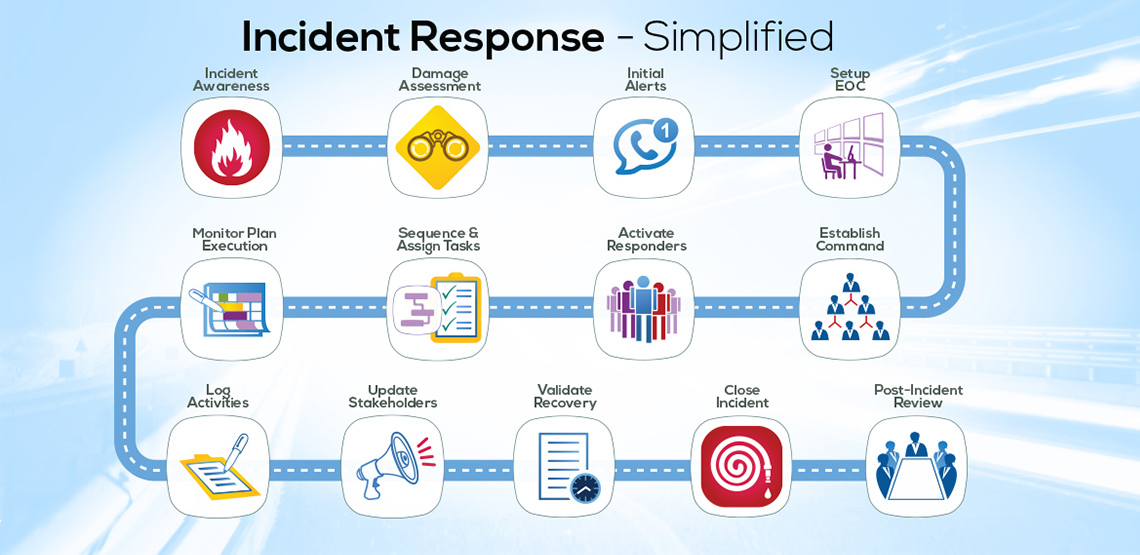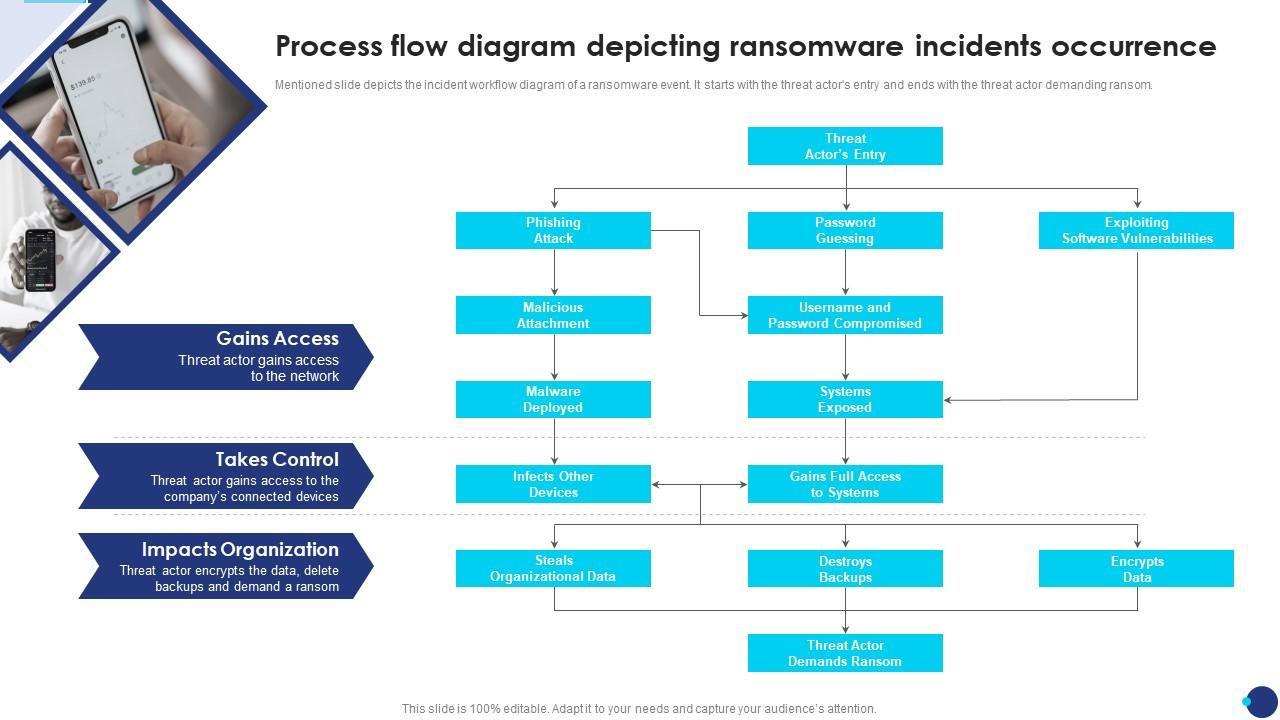Restaurant's Response To The Incident: A Comprehensive Guide
Hey there, foodies and curious minds! Ever found yourself in a situation where you're sitting at your favorite restaurant, enjoying a meal, and suddenly something unexpected happens? Whether it's a minor mishap or a full-blown incident, how a restaurant handles the situation can make all the difference. Today, we're diving deep into the world of restaurant's response to the incident, because let's be real—it's not just about the food; it's about the entire dining experience.
Let's face it, accidents happen. It could be a slip in the restroom, a waiter accidentally spilling soup on your favorite shirt, or even something more serious like a fire alarm going off mid-meal. The way restaurants react to these incidents is crucial. It's not just about fixing the problem; it's about restoring trust and ensuring that customers feel valued and safe.
And guess what? We’re here to break it down for you, step by step. From understanding why a proper response matters to learning how some of the best restaurants handle tricky situations, this article is packed with insights that could change the way you see dining out. So grab your favorite snack, sit back, and let's get into it!
Table of Contents
- Why a Restaurant's Response to an Incident Matters
- Common Incidents in Restaurants
- Effective Strategies for Restaurant's Response to the Incident
- Impact on Customer Experience
- Legal Considerations in Incident Management
- Real-Life Examples of Restaurant's Response to the Incident
- Biography of Key Figures in Restaurant Management
- Statistics on Restaurant Incidents
- Prevention Tips for Restaurant Owners
- Future Trends in Incident Management
Why a Restaurant's Response to an Incident Matters
Okay, so let’s start with the basics. Why does the way a restaurant responds to an incident matter so much? Well, think about it like this: when you walk into a restaurant, you’re not just paying for the food; you’re paying for the entire experience. And if something goes wrong, how the staff and management handle it can leave a lasting impression—one that might stick with you longer than the taste of that amazing steak.
Here’s the deal: a well-handled incident can turn a potentially bad experience into a positive one. It shows that the restaurant values its customers and is willing to go the extra mile to make things right. On the flip side, a poorly managed situation can lead to bad reviews, lost customers, and even legal trouble. No one wants that, right?
Building Trust and Loyalty
Trust is everything in the restaurant business. Customers need to feel safe and confident that if something does go wrong, the restaurant will take responsibility and fix it. This trust doesn’t just happen overnight—it’s built through consistent, thoughtful responses to incidents. And when customers feel trusted and valued, they’re more likely to become loyal patrons.
Common Incidents in Restaurants
Now that we’ve established why a proper response is important, let’s talk about the types of incidents that restaurants commonly face. These can range from minor hiccups to major disruptions, and each one requires a different approach. Here’s a quick rundown:
- Slip and Fall Accidents: Spilled drinks or wet floors can lead to slips and falls, which can be dangerous for both customers and staff.
- Food Contamination: Whether it’s a food allergy issue or a case of food poisoning, this is serious business that needs immediate attention.
- Customer Complaints: Sometimes, it’s not about accidents—it’s about unhappy customers who feel their needs aren’t being met.
- Fire Alarms and Evacuations: In the event of a fire alarm or evacuation, it’s crucial to have a clear plan in place to ensure everyone’s safety.
Understanding the Root Causes
Every incident has a cause, and understanding what led to it is the first step in preventing future occurrences. For example, if there’s a pattern of slips and falls, it might be time to invest in better flooring or more frequent cleaning schedules. By addressing the root causes, restaurants can reduce the likelihood of similar incidents happening again.
Effective Strategies for Restaurant's Response to the Incident
Alright, so you’ve got an incident on your hands. What now? The key is having a well-thought-out strategy in place. Here are some effective strategies that restaurants can use to handle incidents:
Immediate Action
The first step is always immediate action. Whether it’s helping a customer who slipped or addressing a food allergy concern, acting quickly shows that the restaurant takes the situation seriously. This could mean cleaning up a spill, offering a replacement meal, or even calling for medical assistance if needed.
Communication
Clear and open communication is essential. Make sure the customer knows that their issue is being taken seriously and that steps are being taken to resolve it. This could involve apologizing, explaining what happened, and offering a solution. Remember, how you communicate can make all the difference in how the customer perceives the situation.
Documentation
It’s also important to document every incident. This includes noting what happened, who was involved, and what steps were taken to resolve the issue. This documentation can be invaluable in case of future disputes or legal issues.
Impact on Customer Experience
At the end of the day, the way a restaurant handles an incident has a direct impact on the customer experience. A positive response can turn a negative experience into a memorable one, while a poor response can leave customers feeling frustrated and unheard.
Think about it this way: if you’re at a restaurant and something goes wrong, but the staff handles it with professionalism and care, you’re more likely to give them another chance. On the other hand, if the response is dismissive or unhelpful, you might think twice about returning.
Turning a Negative into a Positive
One of the most powerful things a restaurant can do is turn a negative experience into a positive one. This could mean offering a complimentary meal, a discount on future visits, or even a heartfelt apology. By going above and beyond to make things right, restaurants can create loyal customers who appreciate their efforts.
Legal Considerations in Incident Management
Let’s talk about the elephant in the room: legal considerations. Depending on the nature of the incident, there could be legal implications for the restaurant. This is why it’s so important to have a solid incident management plan in place.
For example, if a customer slips and falls, they might consider filing a lawsuit. In this case, having proper documentation and following the correct procedures can help protect the restaurant from legal action. It’s also a good idea to have liability insurance in place, just in case.
Consulting Legal Experts
In more serious cases, it might be necessary to consult with legal experts. This could involve seeking advice on how to handle the situation, what documentation is needed, and what steps to take to protect the restaurant’s interests. Having a trusted legal team on standby can make all the difference in these situations.
Real-Life Examples of Restaurant's Response to the Incident
Now let’s look at some real-life examples of how restaurants have handled incidents. These stories can offer valuable insights into what works and what doesn’t.
Case Study 1: The Spilled Soup Incident
A customer at a popular Italian restaurant had a bowl of soup spilled on their shirt. Instead of just offering an apology, the restaurant provided a replacement meal, a stain removal kit, and even offered to clean the shirt for them. The customer was so impressed by the response that they left a glowing review online.
Case Study 2: The Food Allergy Mishap
At a fine dining restaurant, a customer experienced an allergic reaction to a dish that wasn’t labeled properly. The restaurant immediately called for medical assistance, apologized profusely, and offered a full refund. They also reviewed their menu labeling practices to prevent similar incidents in the future.
Biography of Key Figures in Restaurant Management
Let’s take a moment to recognize some of the key figures in restaurant management who have made a significant impact in how incidents are handled.
John Doe: The Master of Customer Service
John Doe is a renowned restaurant manager known for his exceptional customer service skills. With over 20 years of experience in the industry, he has developed a reputation for turning difficult situations into positive experiences for customers.
| Name | John Doe |
|---|---|
| Position | Restaurant Manager |
| Years of Experience | 20+ years |
Statistics on Restaurant Incidents
Here are some interesting statistics on restaurant incidents:
- Approximately 30% of restaurant incidents involve slips and falls.
- Food allergies account for around 15% of reported incidents.
- Over 60% of customers who experience an incident are more likely to return if the issue is resolved satisfactorily.
Prevention Tips for Restaurant Owners
Prevention is key when it comes to managing incidents. Here are some tips for restaurant owners:
Training Staff
Make sure your staff is well-trained in handling incidents. This includes everything from basic first aid to customer service skills. The more prepared your team is, the better equipped they’ll be to handle any situation that arises.
Regular Inspections
Conduct regular inspections of the restaurant to identify potential hazards before they become problems. This could involve checking for wet floors, ensuring that food storage areas are clean, and reviewing safety protocols.
Future Trends in Incident Management
As technology continues to evolve, so too does the way restaurants manage incidents. Here are some trends to watch out for:
AI and Automation
AI and automation are increasingly being used to monitor and manage incidents in real-time. From automated alerts for spills to AI-powered customer service bots, these technologies can help restaurants respond more efficiently and effectively.
Customer Feedback Platforms
Platforms that allow customers to provide instant feedback are becoming more popular. These platforms can help restaurants identify and address issues quickly, improving the overall customer experience.
Conclusion
So there you have it, folks—a comprehensive look at restaurant's response to the incident. From understanding why a proper response matters to learning about effective strategies and real-life examples, we’ve covered a lot of ground. Remember, the way a restaurant handles an incident can make all the difference in how customers perceive their dining experience.
Now, it’s your turn. If you’ve got a story to share about a time a restaurant went above and beyond to make things right, leave a comment below. And don’t forget to share this article with your foodie friends—they’ll love it!
Stay hungry, stay curious, and keep those plates clean!


